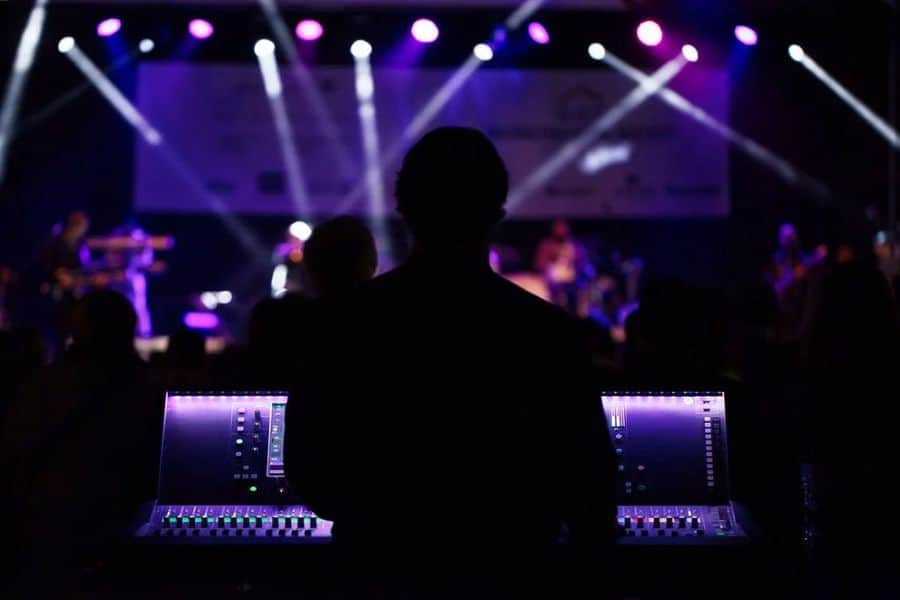Illuminating the Influence of Illumination Techniques on the Art of Video Projections Mapping Techniques
Illuminating the Influence of Illumination Techniques on the Art of Video Projections Mapping Techniques
Blog Article
Motion projection projection is an innovative creative medium that combines technology and innovation to transform common surfaces into remarkable visual exhibits. This method involves projecting graphics and videos onto 3D objects, such as structures, artworks, or stages. One of the key significant factors in producing effective projection in the use of effective lighting methods. Proper lighting enhances the aesthetic elements of the display and ensures that the visuals are clear and captivating. This piece examines the impact of lighting techniques on motion mapping and how they can elevate the complete experience.
Lighting plays a crucial role in video projection because it establishes the atmosphere and feel of the exhibit. Different illumination methods can elicit various emotions and reactions from the audience. For instance, using soft, warm illumination can create a welcoming atmosphere, while bright, cool lights may create a more dynamic or dramatic impact. By carefully choosing illumination hues and intensities, artists can influence how viewers interpret the projected images, leading to a more immersive experience. The equilibrium between projection luminance and ambient light is essential, as it can greatly impact the clarity and impact of the visuals.
In addition, color and intensity, the angle of illumination you could try here also affects the effectiveness of projection. Lighting from different directions can generate contrast and highlights that add depth to the mapped visuals. This method, known as chiaroscuro, can enhance the three-dimensionality of the subjects being projected. Additionally, using dynamic illumination can introduce click this site energy to the display, making the experience more engaging for the audience. When the light collides with the mapped images, it can produce an effect of movement and transformation, grabbing the audience's attention.
Another essential aspect of lighting in mapping in the use of unique features. Methods such as patterned illumination, which employs patterns and shapes to filter light, can add texture and complexity to the projections. This method allows creators to superimpose visuals and produce aesthetically captivating results that complement the mapping. Additionally, incorporating lasers or LED lights can further enhance the display, offering a unique mix of sight components that attract the viewers in. These unique features, when used carefully, can transform the mapping beyond a simple display to an immersive work of art.
In summary, the influence of illumination methods on motion mapping is significant. By comprehending how various illumination elements interact with projected images, artists can produce captivating experiences that resonate with viewers. The careful selection of hue, brightness, angle, and unique effects allows for a rich tapestry of visual narrative. As tech advances to evolve, the possibilities for creative expression in projection will only expand, making illumination an increasingly vital aspect in this progressive art form.